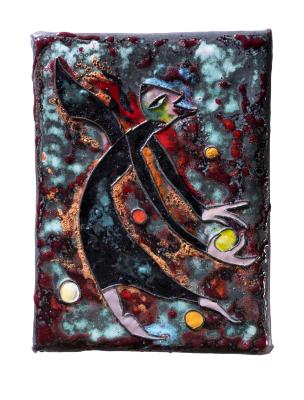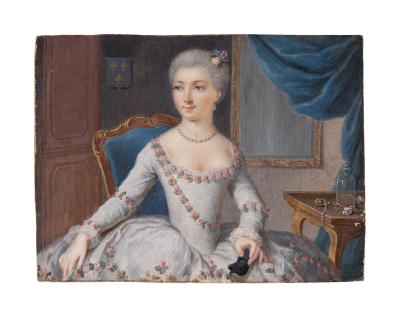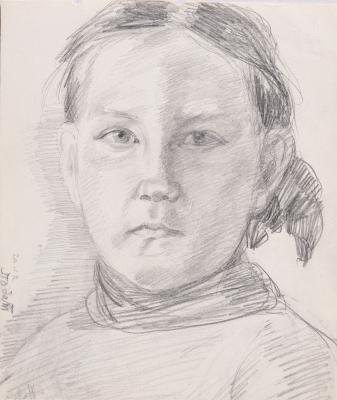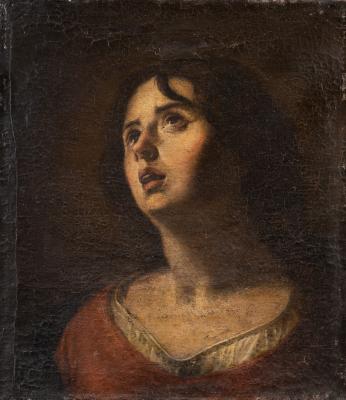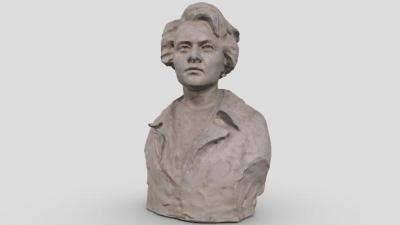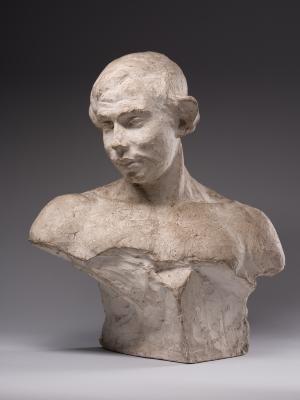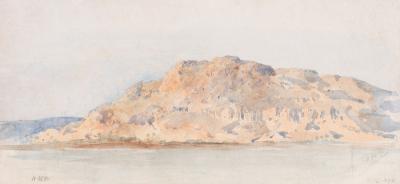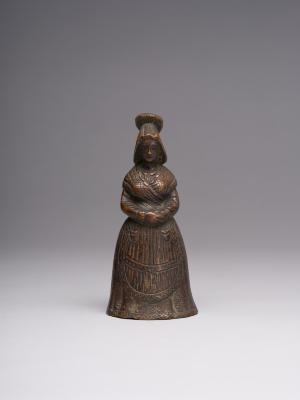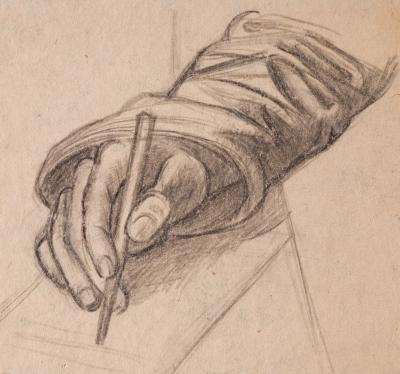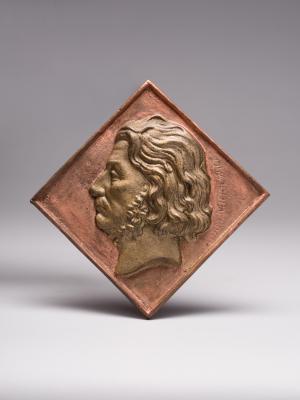Banquet in Rome on Testaccio Hill
Bartolomeo Pinelli
- ID
- Г-IV-1699
- Author
- Bartolomeo Pinelli
- Name
- Banquet in Rome on Testaccio Hill
- Date of creation
- 1810s
- Technique
- etching watercolour
- Material
- paper
- Dimensions (height x width, cm)
- 10.3 x 16.1
- Type
- graphic art
- Genre
- genre art
- Provenance
- Collection of Faina Tarashchanska (Lviv), 1966
Monte Testaccio is a hill in Rome, located on the River Tiber's eastern bank. It is a place where ancient amphorae were accumulated. At the beginning of the nineteenth century, it was a place where young people held their banquets. Trastevere, Pinelli's family home, was located on the opposite bank of the River Tiber, that is why one can see different views of Testaccio in his engravings.





